15 Incredible Secrets Hidden in Art Masterpieces
Did Dan Brown’s Da Vinci Code actually stumble onto one of the art world’s best-kept secrets? Researchers claim codes are embedded in Leonardo Da Vinci’s paintings - and they are not the only artworks hiding secrets revealed through technology and careful examination.

Bacchus by Caravaggio, 1597
Look closer at Caravaggio’s Bacchus, a portrait of the Greek god of wine. Can you see an image hidden in the carafe? Art historians using a technology called ‘reflectography’ discovered an image lurking under the painting in 2009 using a technology called reflectography. On the bottom left, they found a hidden image of a man sitting upright and trapped inside of the carafe. His arm points to the canvas. Could it be a self-portrait of the hard-drinking Caravaggio? Some experts believe it is Caravaggio aged 25, with dark curly hair.
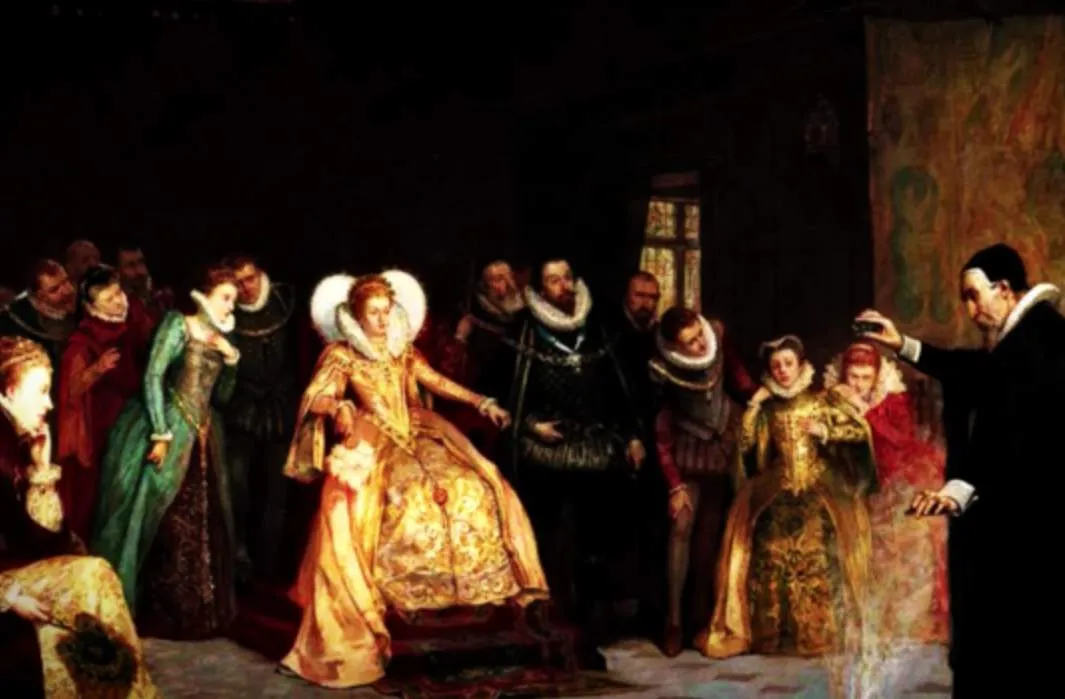
John Dee
Queen Elizabeth I’s occultist and magician John Dee was a close adviser and (some say) spy who just happened to go by the signature 0:07. Dee is performing a magical ceremony for the Queen and her guests in this painting, which was reportedly restored decades ago. When it was X-rayed, a circle of skulls could be seen painted in the background. Creepy? Or appropriate for a man known as ‘the ‘Queen’s Conjuror.”

Claude Monet's Wisteria
Claude Monet's Wisteria harbors a hidden secret, unveiled during preparations for an exhibition. Restorers, noticing peculiar strokes suggesting Monet's attempt to conceal something, decided to X-ray the painting. To their astonishment, the X-ray revealed an underlying artwork featuring the water lilies that had contributed to Monet's earlier popularity, providing a fascinating glimpse into the artist's creative process. It’s not clear if Monet intended to hide a secret in his work. Other artworks have also been painted over previous canvases including a portrait of Queen Elizabeth I’s spymaster painted over the Virgin Mary. Ruth Hoppe, modern art conservator at the Gemeentemuseum told the New York Times. The hidden artwork might be Monet's final water lily creation, positing it as an experimental piece bridging his iconic water lilies and the wisteria.
.jpg)
Édouard Manet’s Le Bar Aux Folies-Bergère
There is much to admire about Manet’s Le Bar Aux Folies-Bergère including its secrets. Cast your eyes to the upper left corner where you'll find green slippers at the ends of two legs. In the preliminary sketch for Le Bar Aux Folies-Bergère, Manet experimented with the barmaid more directly facing her customer, adjusting the perplexing perspective. X-ray scans indicate Manet initially depicted the barmaid in a different post, hinting at a more apparent vulnerability. Some critics consider the work one of the most mysterious and puzzling paintings of all time. Who is the man in the mirror? Why isn’t he in front of us? Why does Suzon look so different in the mirror than the woman standing in front of us?
Young Mozart
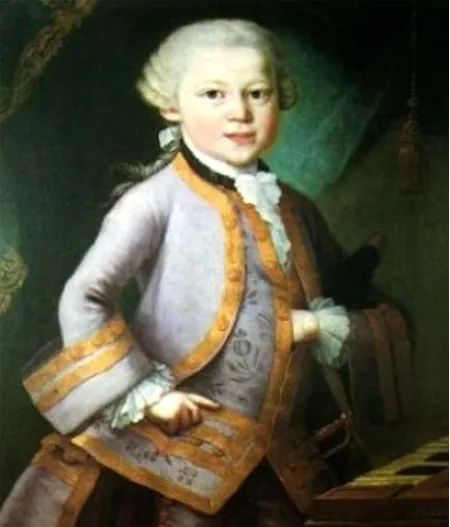
In the latter years of his life, Wolfgang Amadeus Mozart was a Mason and the order played an important role in his life and work. Is it a coincidence then, that a portrait of young Mozart by an anonymous painter has a symbol of Freemasonry? A hidden hand may indicate a dedication to Freemasonry or a level of hierarchy. Some speculate that the hand-in-waistcoat pose is more than simply a coincidence but the secret rests with the great composer.
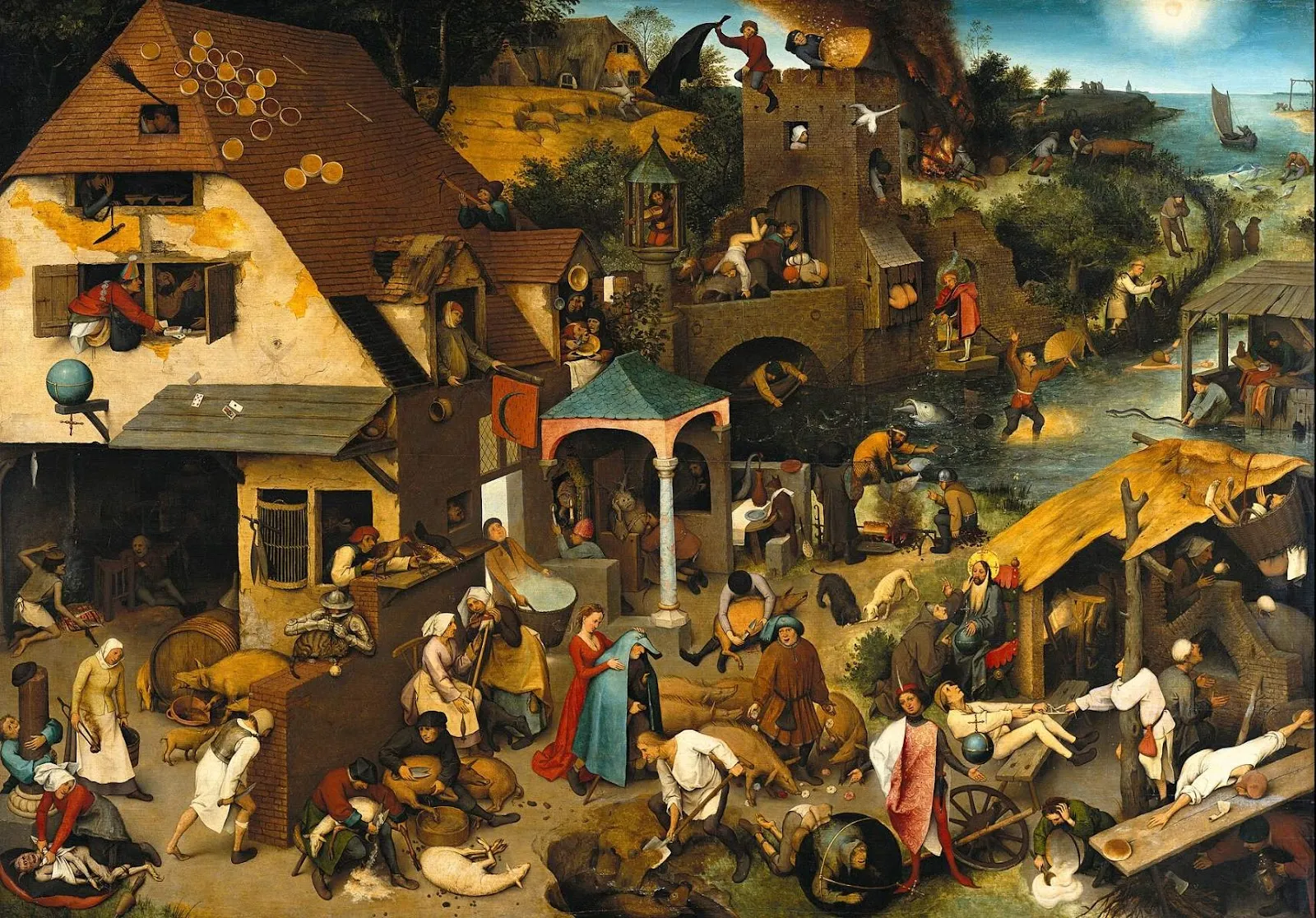
Bruegel's Netherlandish Proverbs
Amidst scenes of absurdity, each carefully crafted illustration doubles as an embodiment of a proverb in The Netherlandish Proverbs, some still in contemporary use, while others, like “They both crap through the same hole,” remain rather obscure, signifying an unbreakable companionship. Scholars speculate that the 126 proverbs detailed on the Wikipedia page may just scratch the surface, with Bruegel potentially concealing more yet-to-be-discovered gems.

Supper at Emmaus
Michelangelo Merisi da Caravaggio may have hidden an underground Christain symbol in Supper at Emmaus in the form of a loose twig sticking out from the woven fruit bowl.
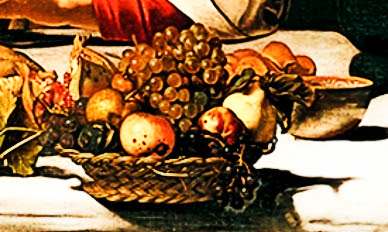
The frayed ends curve up and down to form the shape of a stylized fish, or ‘Ichthys’.
The emblem dates back to the second century where it was a covert sign of Christian belief, used by followers who feared they would be persecuted by non-believers.
Still not convinced? Cast your eyes to the right of the bowl where you will see a shadow in the form of a fish.
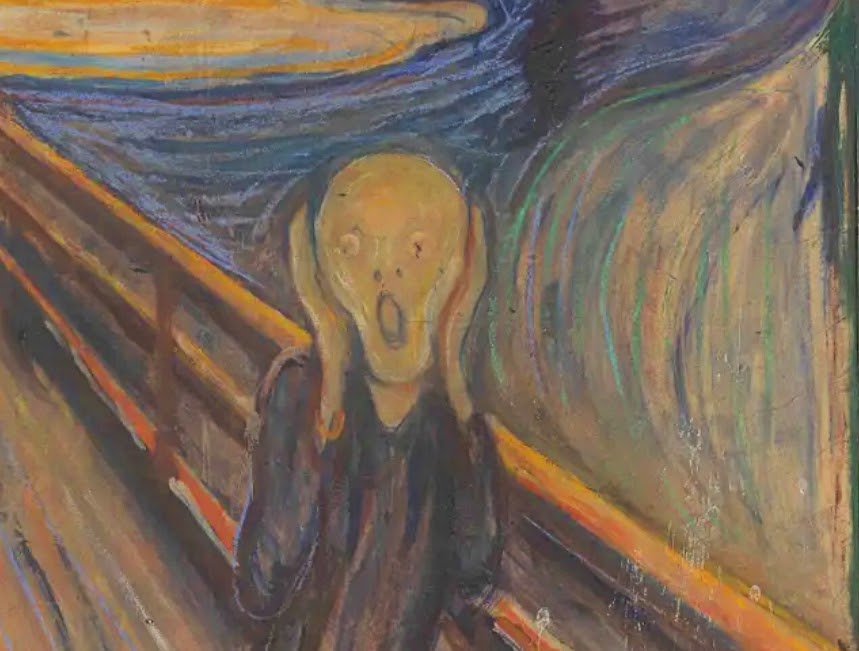
The Scream
Edvard Munch wrote a secret message on The Scream, the first in the series he went on to create. Tests conducted by the National Museum of Norway - using technology to analyze the handwriting - confirmed that Munch wrote: “Can only have been painted by a madman.” The barely visible sentence is written in pencil in the top left-hand corner. “The writing is without a doubt Munch's own,” museum curator Mai Britt Guleng said. Munch is believed to have added the words after his first, heavily criticized exhibit. He was hospitalized after a nervous breakdown in 1908.
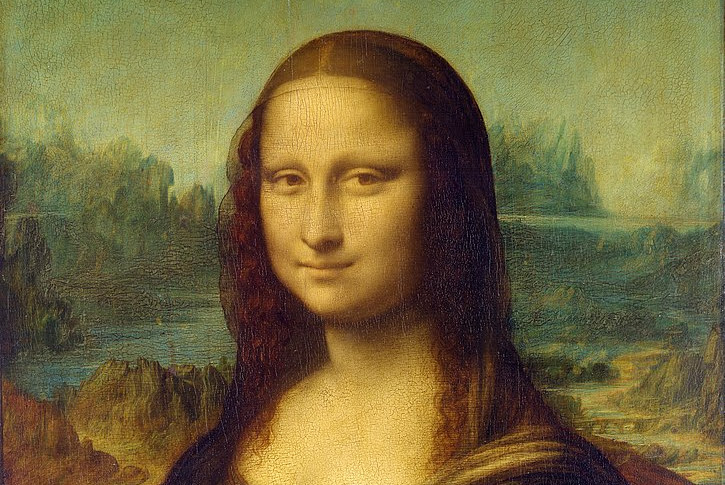
The Da Vinci Code?
Are the Mona Lisa’s eyes the key to unlocking her mysterious charm? An Italian art expert believes her left eye holds the letter ‘L’ and right eye has an ‘S’ but what’s it all mean? The ‘L’ may stand for Leonardo. ‘S’ may be a clue to the subject’s identity - a woman in the Sforza dynasty that ruled Milan. The letters ‘LV’ have also been spotted in her right eye, however, so have ‘C’, ‘E,’ and ‘B’. In 2015 a French scientist found a portrait of a woman underneath the painting by using light technology. It seems the Mona Lisa’s smile is not her only mystery.

The Last Supper
In Dan Brown’s movie The Da Vinci Code, British historian Sir Leigh Teabing believes the Holy Grail is encoded in Leonardo da Vinci's The Last Supper. A real-life computer technician believes the painting is actually encoded with musical notes. Giovanni Maria Pala claims to have found clues leading to a 40-second musical composition - with each loaf of bread on the table representing a note of a requiem. Alessandro Vezzosi, of Tuscany's Da Vinci museum, calls the theory ‘plausible’.
"The brand new social experience where you activate your gaming skills as you train like a spy."
- TimeOut
Take on thrilling, high-energy espionage challenges across different game zones.

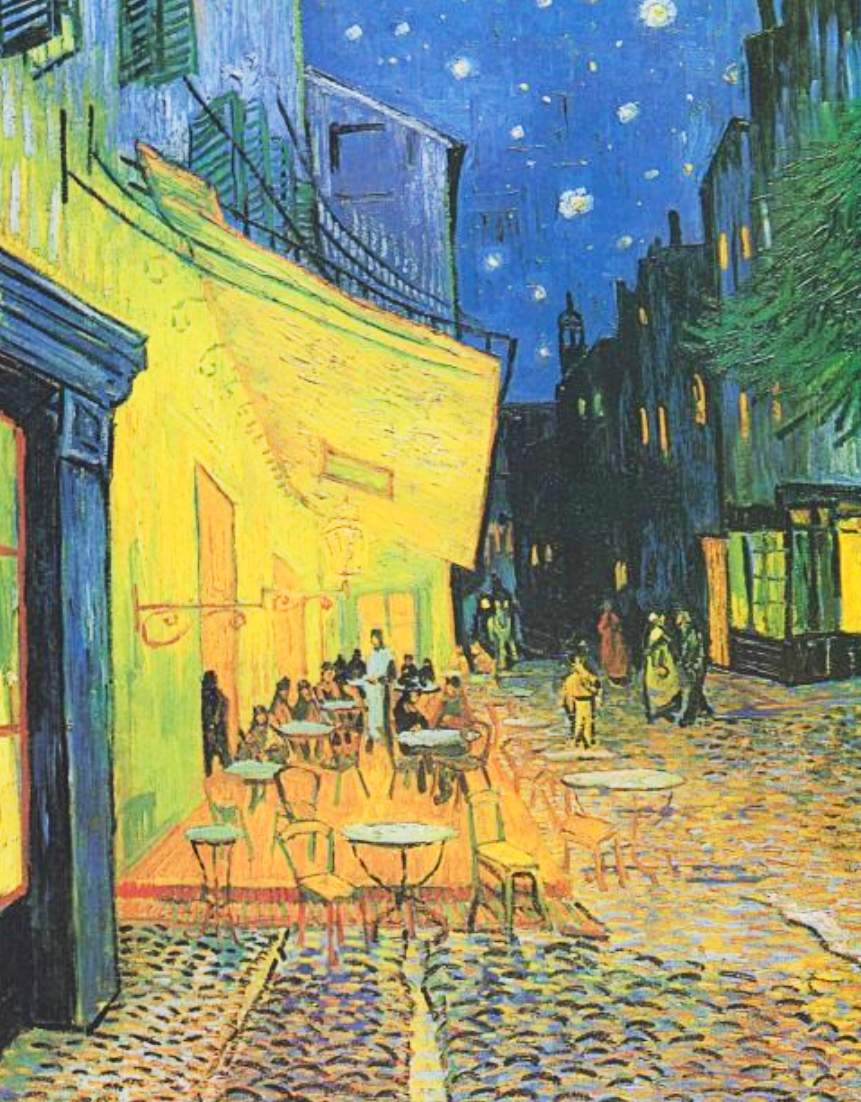
Café Terrace at Night
Was Vincent Van Gogh creating his own portrayal of the Last Supper with this painting? Many art researchers think so. There are 12 people seated and - if you look hard enough - you’ll find hidden crosses scattered around the painting, including one above the standing figure. A shadowy figure slipping through the doorway may be Judas, according to da Vinci scholar Jared Baxter.

The Garden of Earthly Delights
Dutch artist Hieronymus Bosch’s painting of heaven, hell, and (in the middle panel) something in between is notorious for many reasons - not least the image of sheet music painted on a character’s derriere.
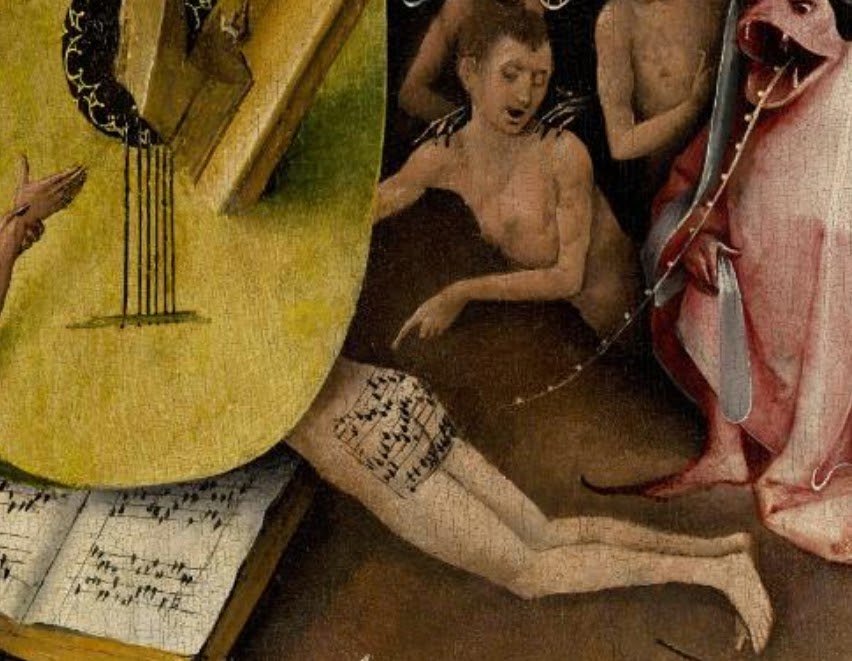
The musical flourish in The Garden of Earthly Delights (c. 1490-1510) inspired a student to transcribe the music using modern notation and post it on Tumblr. Another musician adapted the score - complete with lute and harp - for YouTube so everyone can enjoy the 600-year-old music from hell, called, simply: “Butt Song”.
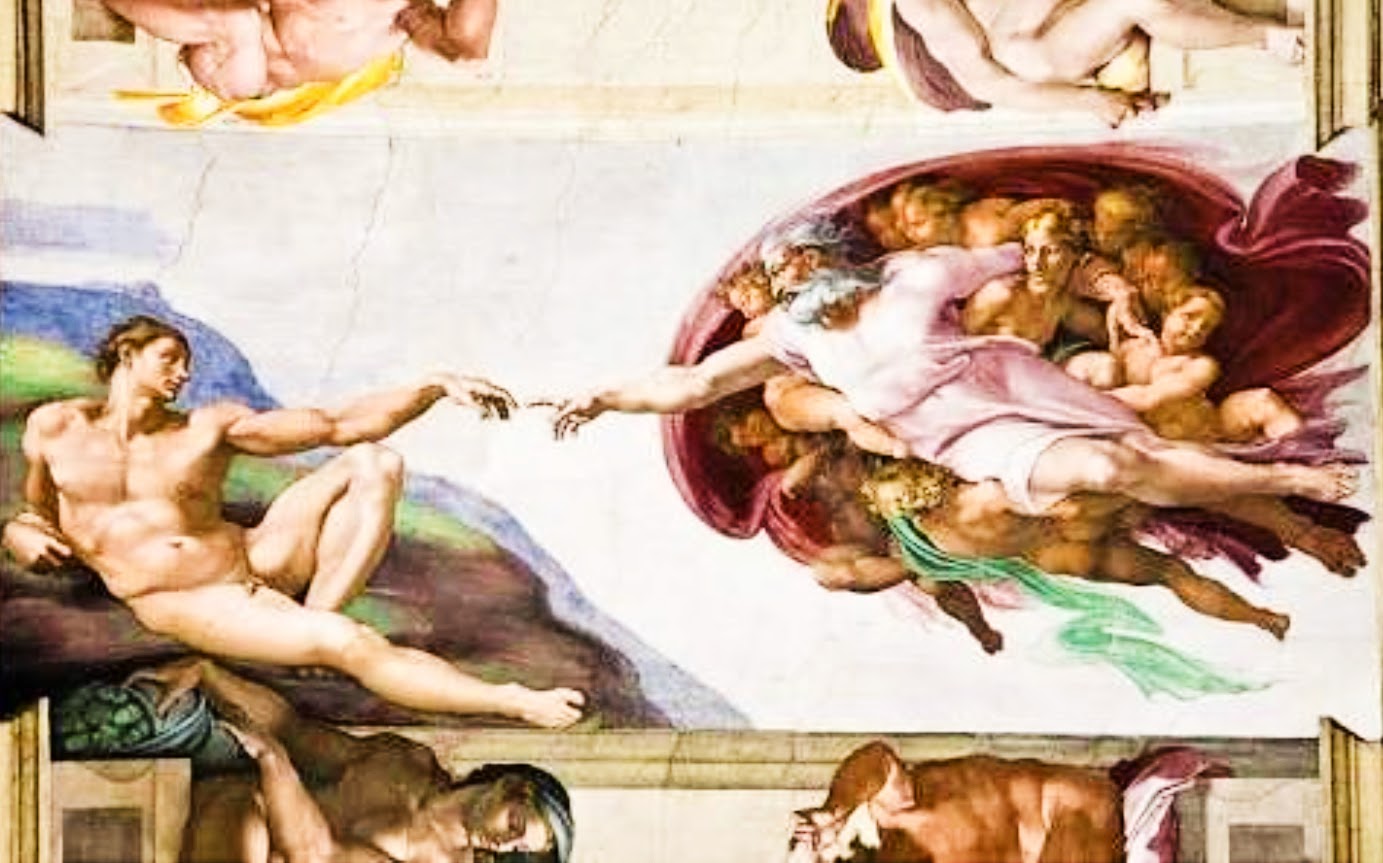
The Creation of Adam
Michelangelo’s The Creation of Adam is a world-renowned masterpiece, a fresco painting on the ceiling of the Sistine Chapel depicting God giving life to Adam in one of a series of panels. The scene is so well known that tattoo artists recreate it (albeit sometimes with Adam accepting a beer bottle). There’s a scientific secret hidden in Michelangelo’s panel that isn’t so well known, however. The reddish cloak behind the angels is the same shape as a human brain with researchers now able to recognize certain parts like the pituitary gland.
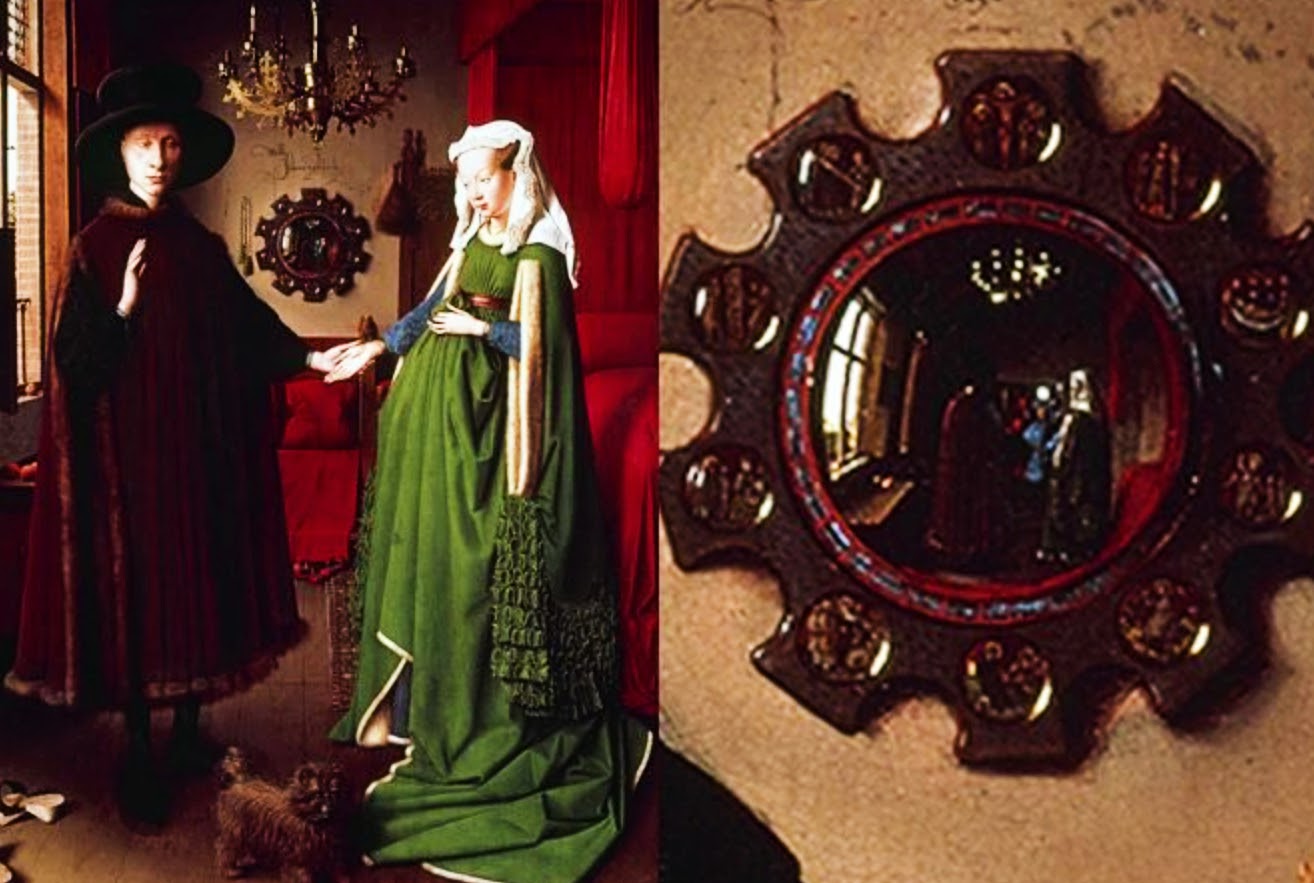
The Arnolfini Portrait
Like Alfred Hitchcock, some artists just can’t resist a cameo appearance in their work. The Netherland’s Jan van Eyck is one of them, sneaking into his famous 1434 oil painting. Van Eyck is believed to be the man with his hand raised in the mirror, and - if that’s not enough to make his point - the artist wrote on the wall in Latin: “Jan van Eyck was here 1434”.

The Ambassadors
Hans Holbein the Younger's 1533 painting contains an illusion. The lopsided image at the bottom of the painting (looking right to left) appears to be a skull. Historians who’ve examined every inch of the painting believe the artwork may have originally been positioned beside a doorway so viewers walking past from the side would be confronted with the grinning skull, a reminder that death is around the corner.
SPYSCAPE+

Join now to get True Spies episodes early and ad-free every week, plus subscriber-only Debriefs and Q&As to bring you closer to your favorite spies and stories from the show. You’ll also get our exclusive series The Razumov Files and The Great James Bond Car Robbery!


Gadgets & Gifts
Explore a world of secrets together. Navigate through interactive exhibits and missions to discover your spy roles.
Your Spy Skills
We all have valuable spy skills - your mission is to discover yours. See if you have what it takes to be a secret agent, with our authentic spy skills evaluation* developed by a former Head of Training at British Intelligence. It's FREE so share & compare with friends now!
* Find more information about the scientific methods behind the evaluation here.


Stay Connected
Follow us for the latest
TIKTOK
INSTAGRAM
X
FACEBOOK
YOUTUBE